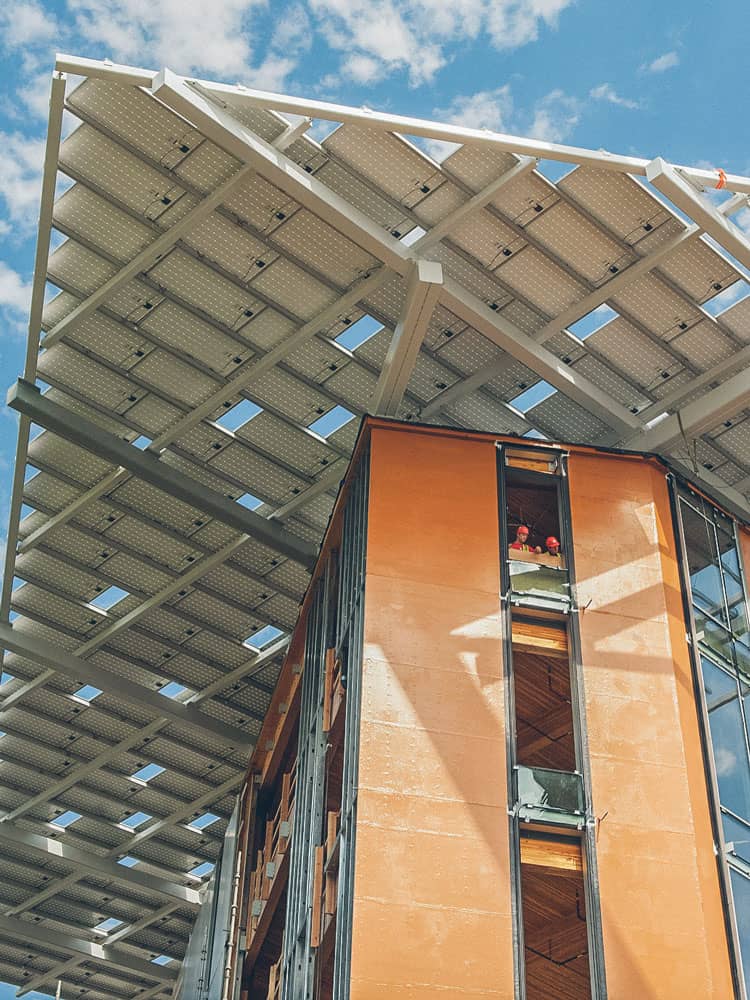In medical school, one of the first things future doctors learn is the Hippocratic Oath: First do no harm. At PROSOCO, it’s always been our mantra too, except applied to buildings of course.
If you’re thinking this philosophy seems pretty obvious, we have some bad news. Unfortunately, this code is not typically honored in the world of construction.
“It’s amazing how seldom that’s the first priority with people that we often compete with,” says David Boyer, CEO and President of PROSOCO.
Why wouldn’t that always be the first priority?
When it comes to masonry cleaning, “A lot of people just try to throw the harshest thing at it to get the staining off, to get the building as clean as possible without ever looking to see what damage is actually being done to the substrate,” says Tom Stalnaker, PROSOCO’s laboratory manager. “They get on the job. They clean it. They get off the job. They get paid. They walk away. But what damage has been done to that building? We try to find the safest product that will make that building last the longest without doing any damage.”
That perception that a product is working is not always the case. Which is why it’s so important to truly understand your substrate, the chemistry, and what happens when they interact. And that’s a primary tenet at PROSOCO.
Each natural stone is its own animal, Boyer says, so the key is to understand the chemical sensitivity of each of those, eliminate what may do harm and focus on what benefits you can impart with proper wetting and proper rinsing characteristics at the lowest possible potentially adverse chemical concentration.
“The success we’ve had at PROSOCO has been on focusing on the unique surface chemistry substrates that we work on,” Boyer says. “Brick, stone, concrete. You factor in different staining conditions or different protective requirements… and focus on how those materials react, respond to wetting with water to soiling with different contaminants, and what tools we’ve got to, in the case of soiling, remove the soiling without damaging the substrates.”
One of the first techniques we often use to test a substrate’s sensitivity comes from a surprising industry.
“On thin manufactured stone veneers, the first test of vulnerability we do on samples submitted to the laboratory is using a baby wipe to see how much of the coloring comes off with what should be one of the most controlled, gentle cleansers you could use,” Boyer says. “It’s the one you use on your babies.”
“Many of those materials, more than the industry may care to hear, are vulnerable to removing color with a baby wipe. How do you clean that in a construction setting? It’s challenging. That’s the kind of approach we take to developing different cleaners for different challenges out there.”
The Hippocratic approach is also the reason why PROSOCO uses unparalleled practices to ensure uncontaminated ingredients.
“You have to understand what substrate you’re dealing with, and then build up from there,” Boyer says. “That’s why we use food-grade acids. That’s why we pre-filter and de-ionize our water. Let’s take all these things that may interfere with subtle chemistry that can do good things, and avoid the potential problems of more aggressive chemistry. Let’s get rid of all the bad stuff and make sure that we know what we’re dealing with.”
